In the silence of ancient temples and the flicker of torchlight, her name was whispered: Isis. Queen of Heaven. Healer of the sick. Mourner of Osiris. Protector of the throne. Her wings stretched across Egypt and beyond, embracing all who sought her power, her mercy, or her magic.
A Goddess Born of Sky and Earth
Isis, or Aset in ancient Egyptian, was born to the primordial gods Geb (the Earth) and Nut (the Sky). She was sister and wife to Osiris, mother to Horus, and sister to Set and Nephthys — a divine family entangled in a story of love, betrayal, and resurrection that would shape Egyptian mythology for millennia.
From the very beginning, Isis was more than a goddess — she was the embodiment of ideal womanhood: devoted wife, fierce mother, wise sorceress, and untiring seeker of justice.
The Myth that Shaped a Civilization
The most famous myth involving Isis is the tragic tale of Osiris, who was murdered and dismembered by his jealous brother Set. Isis, with unwavering devotion, searched across Egypt to recover the pieces of her beloved husband. With her magic, she brought Osiris back to life long enough to conceive their son, Horus, who would later avenge his father and reclaim the throne.
This myth wasn’t just a story. It was a spiritual truth to the Egyptians — a promise of life after death, the power of love, and the victory of order over chaos. In Isis, the people saw hope, healing, and the eternal bond between the living and the divine.
Symbols and Worship
Isis is often depicted wearing a throne-shaped crown, or later with cow horns and a sun disk, symbols of fertility and cosmic power. In statues, she cradles the infant Horus, a pose that would later influence depictions of the Virgin Mary in Christian art — a testament to her enduring symbolism.
Temples dedicated to Isis were built not only in Egypt but also in Nubia, Greece, and even Rome. Her cult expanded widely during the Greco-Roman period, where she was seen as a universal goddess of magic and salvation. Pilgrims traveled for miles to seek her blessings and protection.
The Magic of Isis
Isis was the greatest sorceress among the gods. She was said to have learned the secret name of Ra, the sun god himself — giving her mastery over life and death, and access to divine knowledge. Through spells, herbs, rituals, and words of power, she could heal the sick, protect the vulnerable, and resurrect the dead.
Her magic was not dark, but compassionate — a gift for those who suffered and sought justice. To Egyptian women, especially, Isis represented empowerment and spiritual strength.
Isis Today: A Goddess Beyond Time
Though her temples have fallen silent, the image of Isis still lives — in art, literature, neo-pagan traditions, and even in pop culture. She is a symbol of divine femininity, resilience, and love that endures even death.
For modern readers, Isis offers more than myth. She is a reminder that even in the face of loss, there is healing; even in chaos, a mother’s strength can restore balance.
Next in this series: Hathor – The Golden Lady of Love and Joy

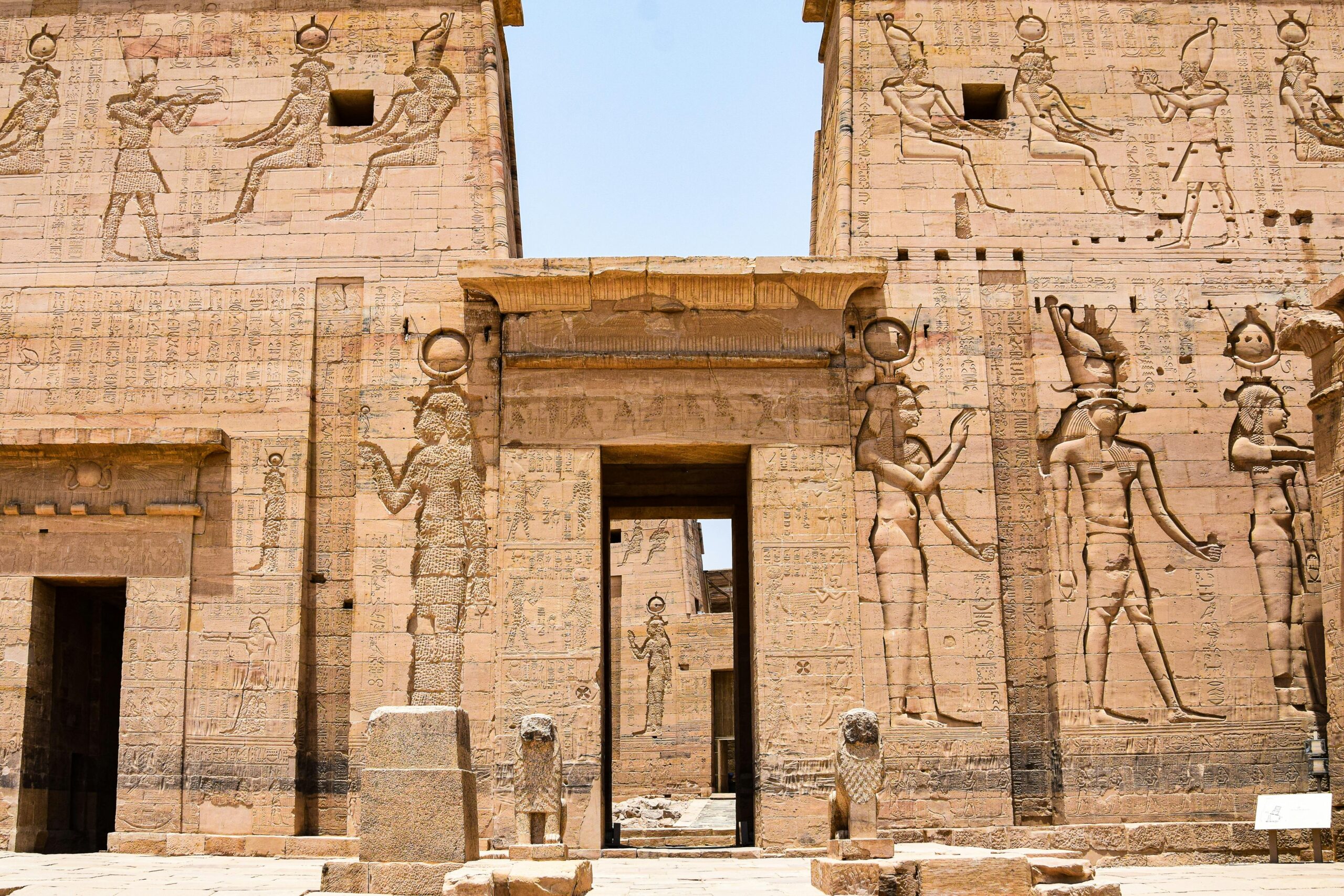
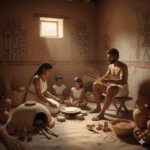
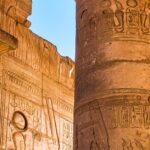
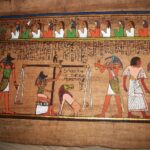
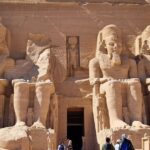

Leave a Reply